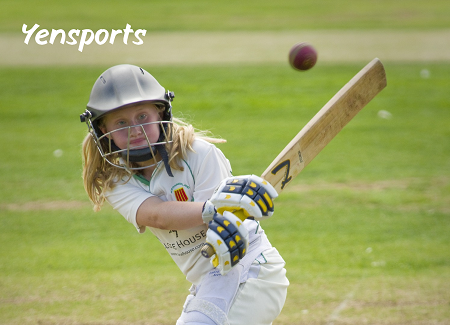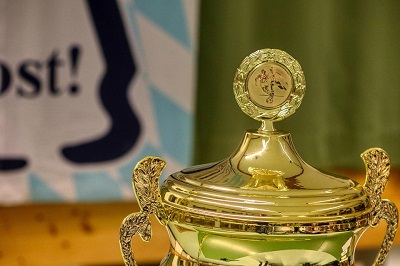Importance of Cricket Helmets: A Detailed Overview
Safety is key for this game called cricket. Cricket is one of the highest-speed games for a batsman and those players around the batter. The likelihood of injury to the head is immense because of the bowler’s fast delivery, and the game’s unpredictable nature. All these risks make cricket helmets an absolute requirement.
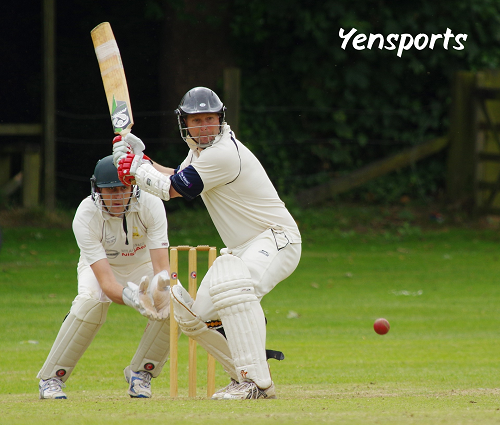
What is a Cricket Helmet?
It is headgear that the players put on for defense purposes, especially against any impact from a bouncer and a fast delivery. The usual make-up of a cricket helmet comprises a metal grille or faceguard, padding in the interior, and an outer shell made of some hard material. These will be able to absorb any impacts so that the risk of causing some form of head trauma may not materialize.
- Outer Shell: The outer shell is typically made of durable, lightweight material such as polycarbonate, fiberglass, or carbon fiber. This outer layer is a protective barrier against impacts and other direct blows to the user’s head.
- Grille or Faceguard: The faceguard is a grille covering the front of the face, made of steel or titanium, designed to protect the player’s face, eyes, and jaw from high-speed balls. The grille is made tough but light enough not to interfere with the player’s view or comfort.
- Padding Padding: Refers to the foam inner linings, inside padding, or cushioning in helmets. They are there to take impact shocks and provide fitting. Chin strap padding makes sure that the helmet remains safe during the entire period of play.
- Chin Strap: A chin strap will hold the helmet on in case one moves very fast or post-impact. It can be adjusted also for an added level of fit and more security.
- Ventilation: The holes on helmets let air pass through and they do not cause discomfort with the reason of heat accumulation. Ventilation does help in keeping from too much sweating.
Cricket Helmet Fashion:
Modern-day helmets hardly resemble the early versions at all. Most players used nothing more than a cap or soft hat, which, against fast deliveries or bouncers, did precious little. In the 1970s, when there were some high-profile cases of head injuries tragic cases being that of the Australian Phillip Hughes-dead – helmet-wearing became widespread.
Initially, cricket helmets were very basic and unelaborate but in recent years have undergone immense change. Today, it has become a piece of safety equipment that has reached stringent safety standards, not only for comfort but for strength and protection.
Cricket Helmets Design:
The various designs of cricket helmets will cater to the different needs and preferences of individual players. The Traditional or Standard Helmets have the most basic designs with a metal grille and padding. They are for daily usage and can provide protection.
- Vision Helmets: These helmets were innovations for more vision in them. These helmets have a lighter and more flexible grille. A larger faceguard could be incorporated to gain greater peripheral vision.
- Junior Helmets: These are designed especially for the younger players. They are of smaller size but with the same safety features as adult helmets.
- Customized Helmets: A few players prefer helmets to be customized for a specific fit or style. This can include changing the grille design, adding extra padding, or incorporating team logos.
Other types of safety standards have been applied to cricket helmets for them to be effective in the protection of players. Such standards usually include testing for impact resistance, as well as structural integrity and resilience to various kinds of impacts that affect heads. In most countries, such regulations must be met by the manufacturer before their helmets are licensed for professional play, as is the case with British Standard BS7928 or Australian standard.
Modern helmets are always tested and updated for their safety features, providing maximum protection against all the risks that may come along during the game.
Why Cricket Helmets Matter?
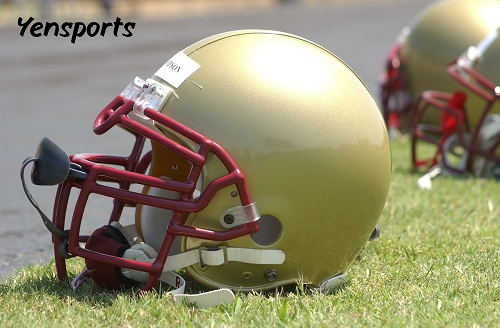
- Protection from Bouncers: A bouncer is a delivery that is targeted at the batter’s head or body. It may cause fatal injury if the ball strikes the head. A helmet helps protect against such erratic deliveries.
- Prevention of Concussions: Head injuries, particularly concussions are a common phenomenon in cricket. A helmet significantly diminishes the possibility of concussion as it absorbs impacts and deflects the energy of the blow.
- Shield for Fielders: Close-fielding positions- short-leg or silly point-situation is highly dangerous. Helmets will significantly safeguard the fielders who take risks to stand at such dangerous positions in high-risk situations while facing sharp, unexpected deliveries.
- Comfort and Confidence: Wearing a helmet gives players peace of mind, enabling them to focus on their game without worrying about head injuries.
How to Choose the Right Cricket Helmet?
When selecting a cricket helmet, players should consider several factors:
- Size: Ensure the helmet fits snugly but comfortably. A helmet that’s too tight can cause discomfort, while one that’s too loose might not offer adequate protection.
- Weight: The light helmet will make a player comfortable and allow easy movement in long innings or long periods of fielding.
- Ventilation: Good ventilation in helmets helps players to be cool, as discomfort from sweat would not occur.
- Grille Design: The grille design should ensure maximum protection with enough vision. A closed grille might offer more protection but reduce the peripheral view of the player.
- Brand Reputation: Always opt for a helmet from a well-known manufacturer that specializes in producing quality protective gear.
Frequently Asked Questions (FAQs) About Cricket Helmets:
1. Do all professional cricketers wear helmets?
Yes, most professional cricketers wear helmets, especially when batting against fast bowlers or fielding close to the batter. Helmets are essential for ensuring safety during high-speed deliveries and protecting players from head injuries.
2. How often should a cricket helmet be replaced?
Cricket helmets are said to be replaced after 3-5 years, or when there is any impact that may result in serious effects. Time factors can also cause deterioration of the padding and outer shell which could decrease the efficiency of the helmet. Replacing it is also suggested if a serious impact occurred as it was exposed to that stress.
3 . Can cricket helmets prevent concussions?
Though helmets drastically minimize the chances of concussion, they do not provide complete protection. Helmets are made to absorb and distribute impacts, but extreme forces or impacts to unprotected areas like the neck or jaw can still cause head injuries.
4. Do helmets apply to all types of cricket?
Helmets are mandatory in professional cricket for specific situations, such as batting against fast bowlers or fielding in close positions. In recreational cricket, helmets are recommended but not always required, depending on the level of play.
5. Are expensive helmets worth the investment?
More expensive helmets offer better materials, better ventilation, and more advanced safety features. They are pricier, but more comfortable and safer, which makes them worth the cost for serious players.
Conclusion:
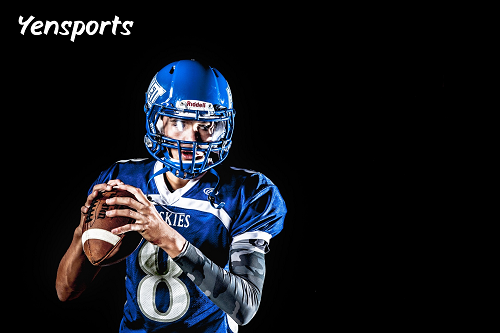
This article gives a comprehensive overview of cricket helmets, their importance in player safety, and the factors to consider when choosing one. The FAQs address common concerns that players and enthusiasts may have regarding these crucial protective gear pieces.
